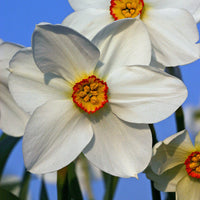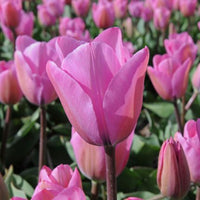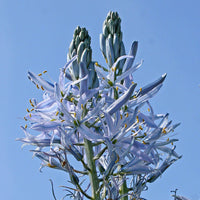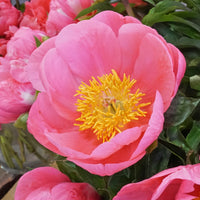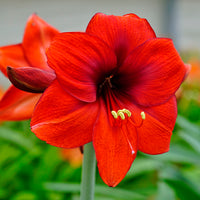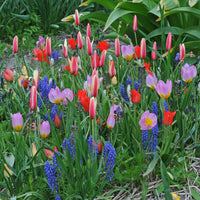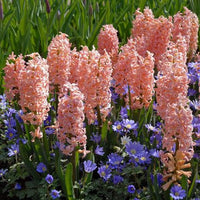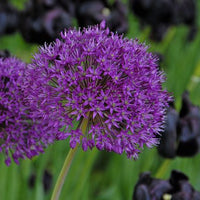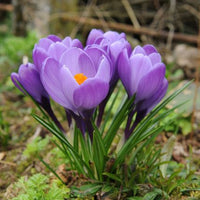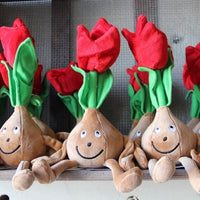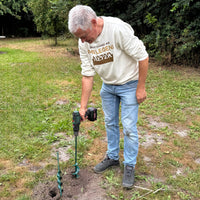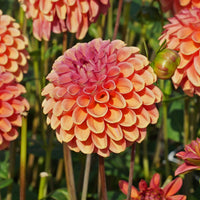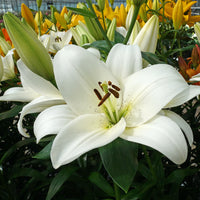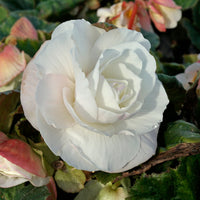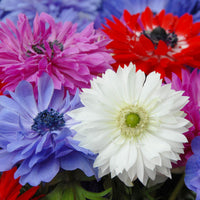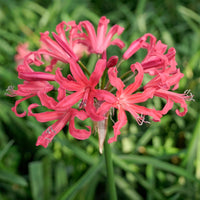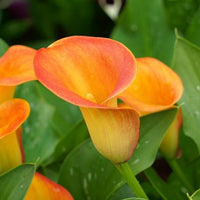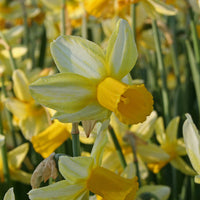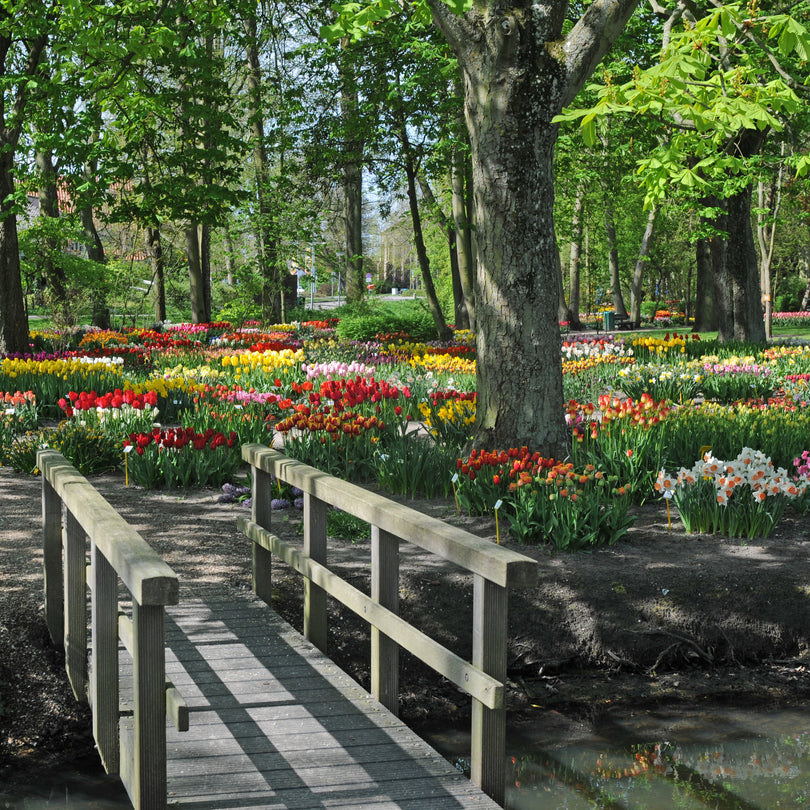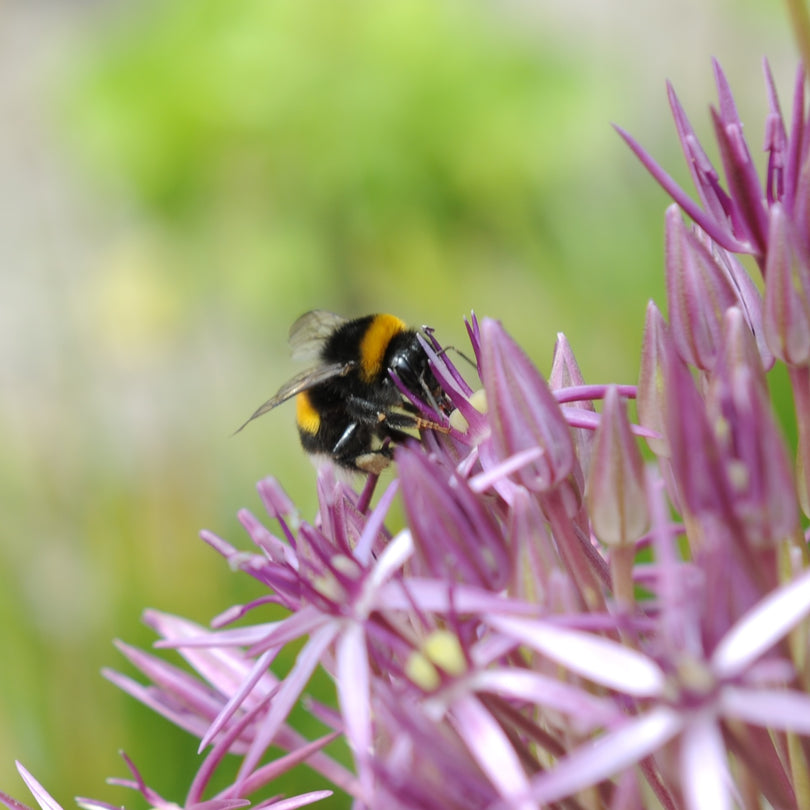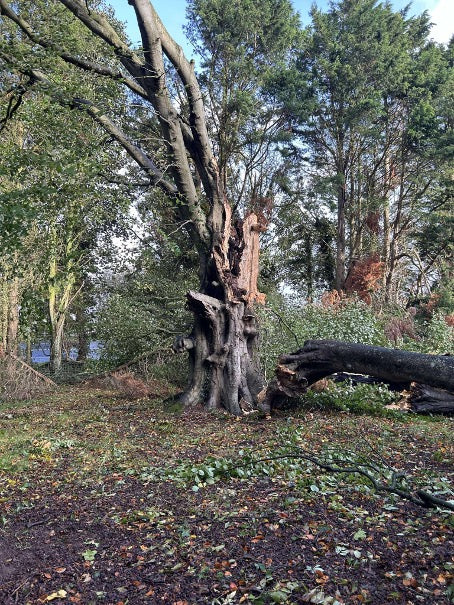Nutrition for the Soil
While gardening is great for physical health, it sometimes tests your mental strength, too.
Visiting nice gardens is one of my favourite ways of passing the time. Not that I have too much time left over to pass, but when I do you know where to find me. I enjoy seeing everything nature has to offer, and usually, these are also the moments I come up with new subjects for my news blog. As my regular readers know, I always carry a pen and a notebook, and this week that came in very handy.

I am currently walking around a gorgeous Royal Horticultural Society Park called Rosemoor Garden. Whenever I visit places like these, where flowers and plants are growing so abundantly, I notice how healthy the soil looks. The earth is covered in a layer of leaves and other nutritious elements. This is one of those things that feels like such an open door to experienced gardeners and -growers that we almost always forget to say it to newcomers and gardeners who are just starting out, but a nutritious, rich soil is fundamentally important to any successful garden.
If you suspect your soil to be low on nutrition for your plants, it is important to add organic materials to your garden. My advice would be to do this every year, just to be sure that whatever you choose to plant has plenty to eat. Don’t be too frugal with this: a layer of 10 centimetres is probably not too much, especially when you start out with meagre soil. You will definitely see a difference when your flowers and plants start growing.

Another piece of advice to limit the strain on your mental strength would be: plant Daffodils! Coming from me, this probably does not surprise you at all but Daffodils are an incredibly safe choice. They always do what they promise… Always? Yes, as close to always as you can get while working with live products, that is how reliable Daffodils are. In their first year, Daffodils will show you everything they have to offer, and often, their second year is no different. In the years after that, they sometimes fade out, but that does not have to be the case. You can make sure they come back for even longer by, you guessed it, improving the quality of your soil. The better their place in the garden, the bigger the chances that your Daffodils will keep coming back to you.
You may be wondering what exactly we mean when we talk about nutrition and organic materials, and what it really does. Let me give you an example.
You have probably been to a campfire at some point in your life. It was nice and warm, and some people were continuously adding branches and other pieces of wood to keep the fire going. You are having fun, comfortably talking with your friends, surrounding this source of heat that keeps you warm. But imagine everyone stops adding new branches to the fire. It will slowly die out, and you and your friends will realise that it’s getting cold now, and the environment is no longer comfortable, so you all decide to leave. I think the metaphor is probably quite obvious, but the fire is the same as the nutrition in the soil. The nutrition keeps the plants comfortable and therefore, the plants stay around.

Just like people, plants and flower bulbs need nice and cozy circumstances in order to thrive.
There is no need to panic and start throwing large piles of organic material in your garden first thing tomorrow, don’t worry! For the best results, a steady, slow flow of organic materials added to the soil works best. That way, your plants will have a reliable source of nutrition without being oversaturated.
You may be wondering why I am saying organic material, and what is the difference between that and fertilizer? I am no expert on the details here. If your soil is truly barren, adding some fertilizer can be a good idea. If you have absolutely, truly no idea what the state of your soil is at the moment, you could arrange a soil analysis—you can just look on the internet if there is a local company that could do this for you, they exist. An analysis like that can give you specific information about the content of your soil, and then you can get advice about what you should add and how you can treat your garden to improve. But usually, this is not necessary. For most gardens, regular organic material, or compost, is perfectly adequate to provide enrichment and to make sure your plants and bulbs get everything they need.

If you want to do something truly fool-proof this year, there is one perfect candidate: the Amaryllis. It is nearly impossible to mess up a healthy Amaryllis bulb, and if you think you can challenge me saying that by thinking: “Ha! I am not even going to take it out of its box, watch me!” I must disappoint you: The Amaryllis will start growing inside her box. She doesn’t necessarily need a pot or a vase, this just makes her better. The biggest shame is probably that her only audience would be silverfish.
I hope you will take the advice regarding organic materials into consideration. Regular compost is enough in most gardens, and you will see how much your plants and bulbs like the extra nutrition. Make your garden happy!
Kind regards,
Carlos
Carlos
PS: A housekeeping item: This Friday, we started sending out orders. We started off with the first orders we received this spring, alongside orders from northern countries. Those countries are starting to get colder, and the bulbs there need to be planted sooner. To give those customers as much time as possible, we send their orders out first.
Do not worry if your order has not reached you yet! We have just started shipping, and two more full lorries will leave the upcoming week. Your order will come your way as soon as possible, and when it leaves our warehouse, you will get a notification so you can follow its journey.



